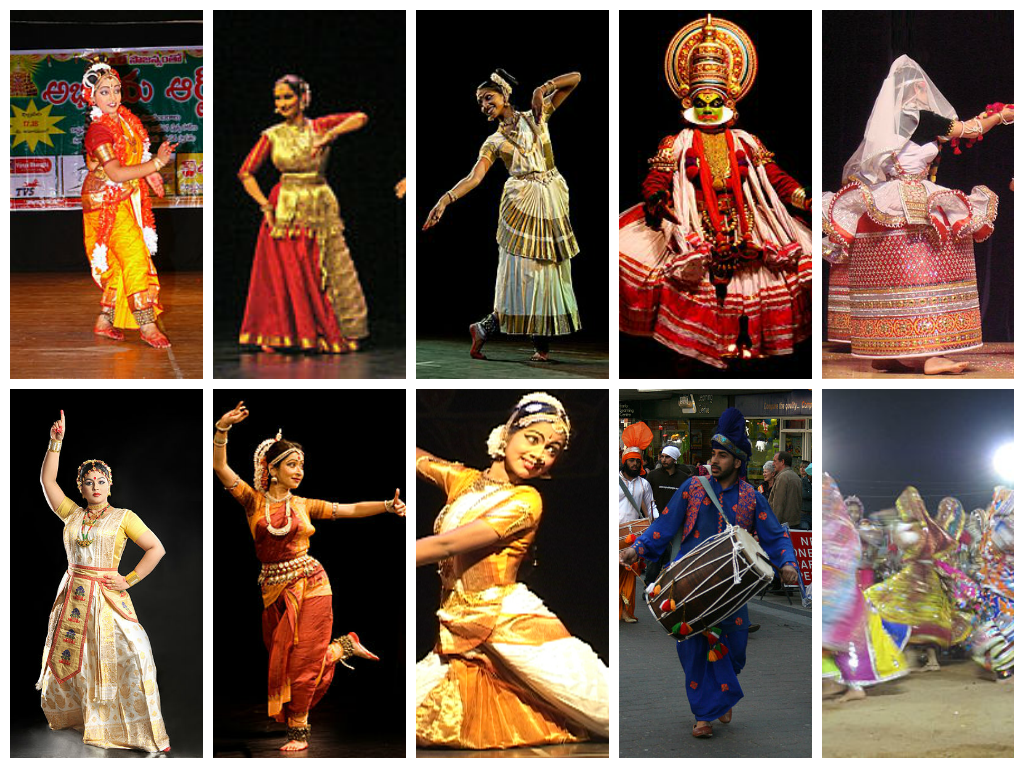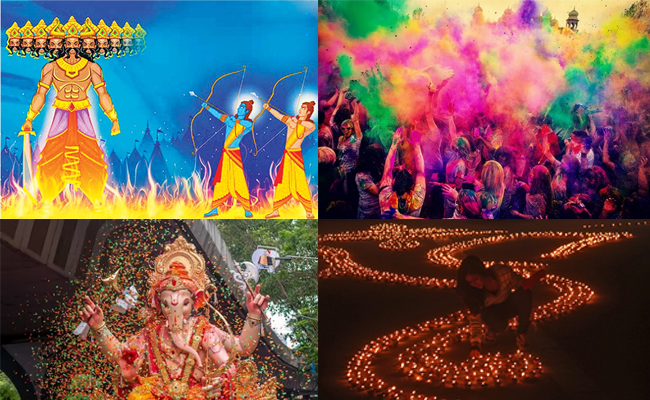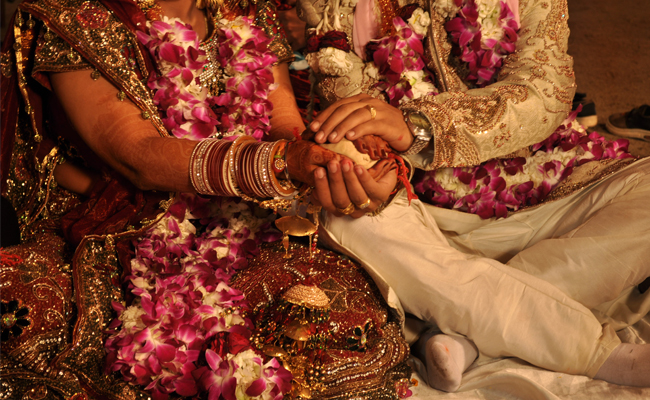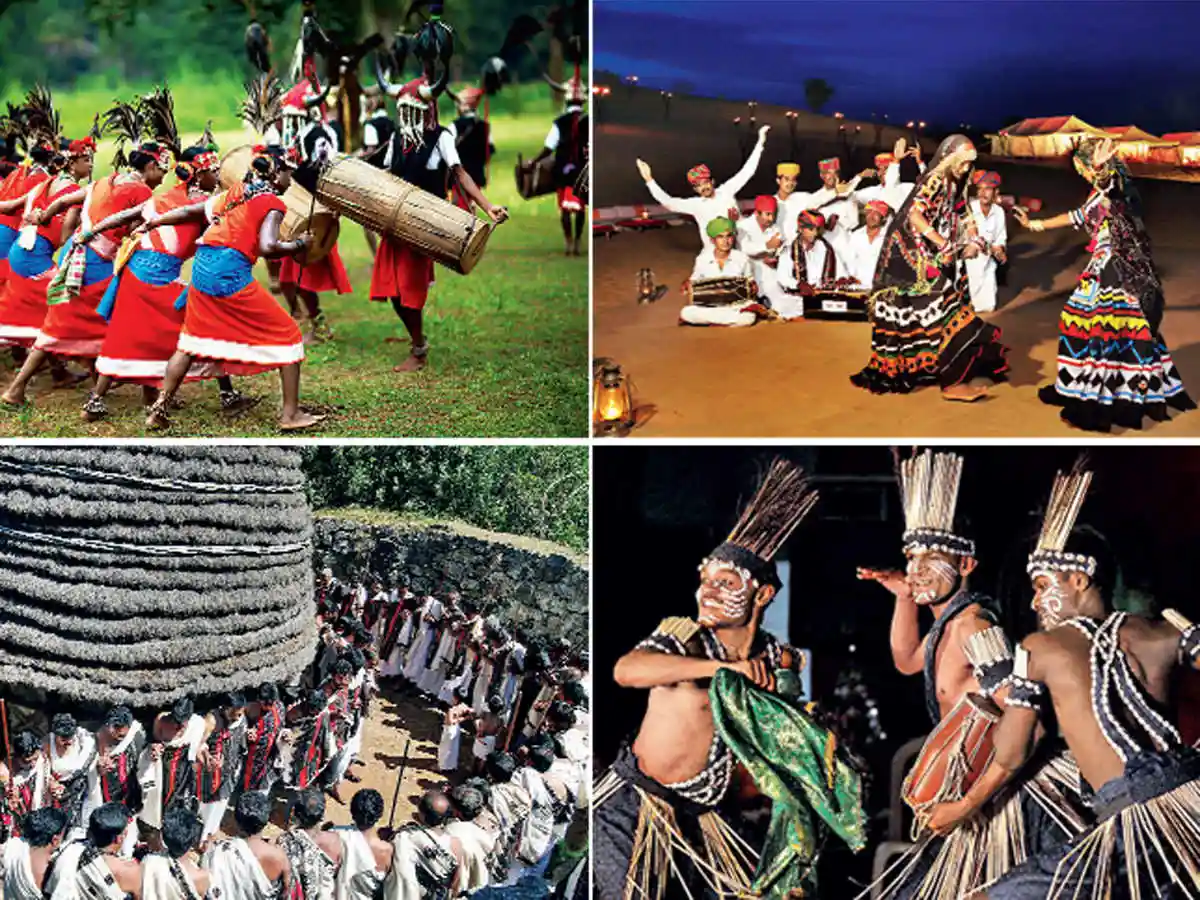India is a land of diversity, and its dance forms reflect the rich cultural heritage that has evolved over centuries. Each region boasts unique styles, movements, and stories, making Indian dance an integral part of its traditions. From classical to folk, Indian dances tell tales of devotion, love, and celebration, captivating audiences worldwide.
Classical Dance Forms of India
Classical dance forms in India have a structured style, defined techniques, and often a spiritual or mythological theme. These dances are deeply rooted in ancient texts such as the Natya Shastra, which outlines the rules of performance, expressions, and gestures.
Bharatanatyam
Originating from Tamil Nadu, Bharatanatyam is one of the oldest classical dance forms. Known for its fixed upper torso, bent legs, intricate footwork, and expressive hand gestures (mudras), Bharatanatyam narrates stories from Hindu epics like Ramayana and Mahabharata. This dance form is performed on both stage and temple settings, reflecting devotion and discipline.
Kathak
Kathak hails from North India, particularly Uttar Pradesh. It is characterized by graceful spins, intricate footwork, and rhythmic storytelling. Kathak dancers use facial expressions and hand movements to depict stories from epics, often accompanied by classical music and tabla beats.
Kathakali
From Kerala, Kathakali is a dance-drama known for its elaborate costumes, colorful makeup, and dramatic gestures. It combines martial arts, acting, and dance to narrate stories from Hindu mythology. The performance often lasts for hours, with every gesture conveying emotion and narrative.
Odissi
Odissi comes from Odisha and is distinguished by its fluid movements, sculpturesque poses, and intricate gestures. It often portrays themes of devotion to Lord Jagannath or Radha-Krishna stories. Odissi is recognized for its lyrical expressions and graceful rhythms.
Kuchipudi
Originating in Andhra Pradesh, Kuchipudi blends fast rhythmic movements with expressive storytelling. Traditionally performed as dance-dramas, it emphasizes strong footwork, spins, and vibrant expressions, often depicting stories from Hindu scriptures.
Manipuri
Manipuri dance from the northeastern state of Manipur is known for its graceful movements and soft gestures. The themes are mainly devotional, focusing on Krishna and Radha. Unlike other classical dances, Manipuri uses minimal foot stamping, giving it a fluid and floating appearance.
Folk Dance Forms of India

Folk dances are community-centered and are performed during festivals, harvests, weddings, and other celebrations. They reflect the daily life, traditions, and stories of local people.
Bhangra
Originating from Punjab, Bhangra is a high-energy dance performed during harvest festivals. Accompanied by the dhol drum, it includes vigorous movements, jumps, and claps, symbolizing joy and celebration.
Garba and Dandiya Raas
From Gujarat, Garba and Dandiya Raas are performed during Navratri. Garba involves circular movements symbolizing the cycle of life, while Dandiya Raas uses sticks (dandiyas) to create rhythmic beats, reflecting devotion to Goddess Durga.
Ghoomar
A traditional Rajasthani folk dance, Ghoomar is performed by women in flowing skirts, twirling in circles to celebrate festivals and special occasions. The dance emphasizes graceful movements and vibrant attire.
Chhau
Chhau dance from Odisha, Jharkhand, and West Bengal combines martial arts, storytelling, and masks. It portrays epic tales like Ramayana and Mahabharata with vigorous movements and dramatic gestures.
Contemporary and Fusion Dance Forms
In modern India, traditional dance forms have inspired contemporary and fusion styles. These styles blend classical techniques with modern movements, often showcased in movies, stage performances, and international dance competitions.
India’s dance forms are not just entertainment; they are expressions of culture, devotion, and history. From classical Bharatanatyam to vibrant Bhangra, every dance form tells a unique story, keeping India’s rich heritage alive. Exploring these dances offers a glimpse into the diversity and artistic brilliance of the country.
Indian Classical Dance History
Read Also: Laravel Framework Web Development
![]()





